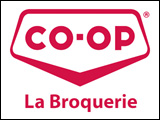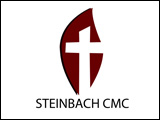The Saskatchewan Ministry of Agriculture credits a 30 percent increase in the value of live hogs over the past few weeks to higher pork cutout values fueled by heightened consumer demand for pork.
As a result of drought in the United States, U.S. corn prices rose dramatically this summer putting upward pressure on feed grain prices throughout North America at a time when hog prices had fallen.
In its weekly hog report, released Monday, the Saskatchewan Ministry of Agriculture indicates North American cash hog prices have rebounded by about 30 percent over the past five weeks, after having fallen in western Canada by about 70 dollars per hundredweight from late June to early September.
Livestock economist Brad Marceniuk says, while world feed supplies remain tighter than one year ago pushing up feed prices significantly, pork consumption has been an important factor in the recent turn around.
In the short term, with tighter feed supplies, I think input costs are likely to remain high and really be challenging for hog producers.
Producers have negative returns at this point and that will probably continue in the short term.
The hog prices should be steady in the short term and start to increase as weekly hog slaughter numbers start to trend lower here.
In the short term weekly pork cutout values have really been positive steadily rising in the last few weeks and that actually had helped increase hog prices.
If we look at the lean hog future prices for the spring, the prices are indicating a very strong rebound in hog prices into the mid-170s per hundred kilograms for the spring and summer of 2013.
Depending on where feed prices go hog producers are likely to get back to break even levels or to profitable levels by the spring of 2013.
Marceniuk anticipates continued volatility in hog prices in the short term, and with tight feed supplies, some volatility on the grain price side as well so he encourages producers to closely monitor hog prices and feed prices moving forward and really know their production costs.



